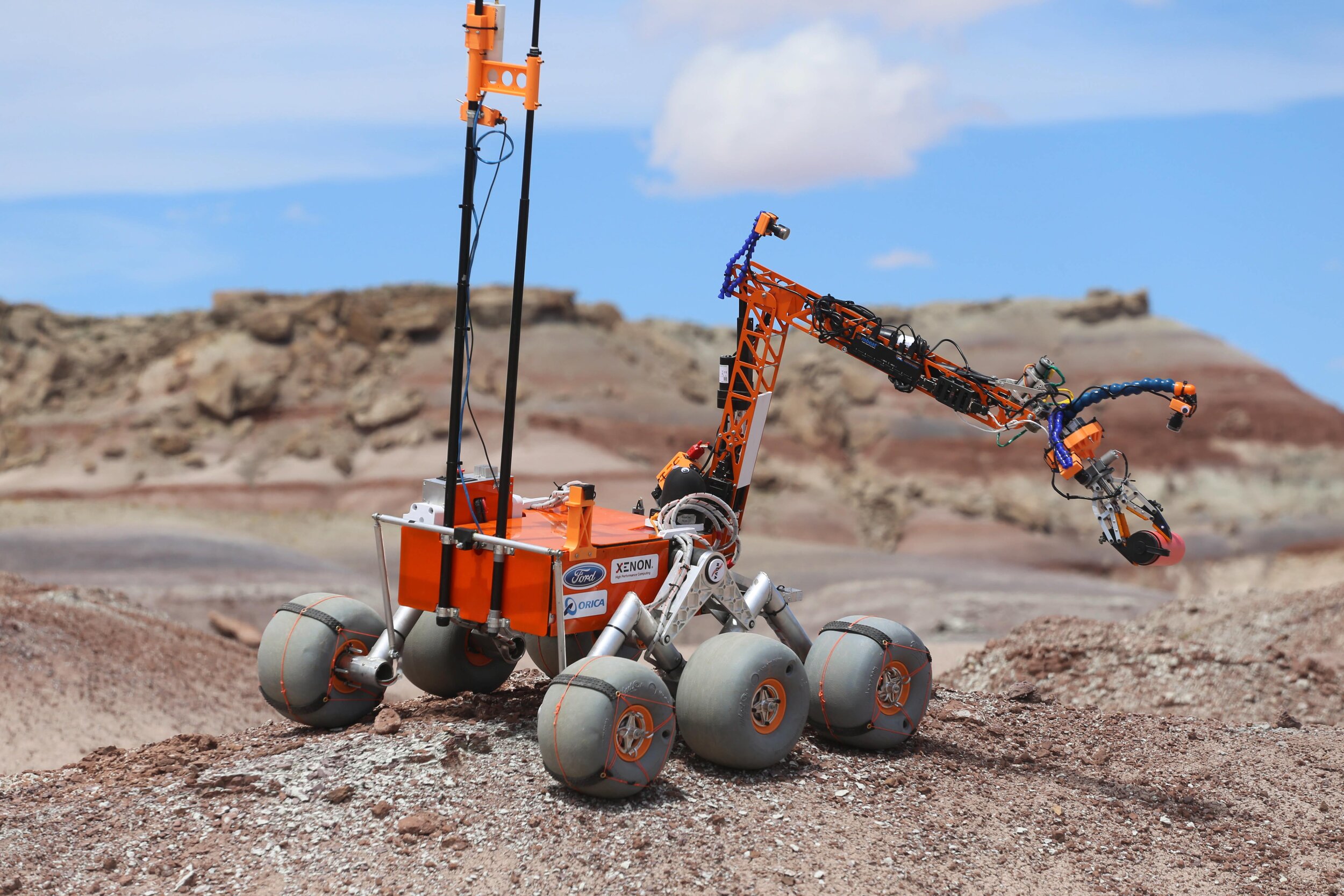
The University Rover Challenge
The University Rover Challenge (URC) is the world's premier robotics competition for college students. Held annually in the desert of southern Utah in the United States, URC challenges student teams to design and build the next generation of Mars rovers that will one day work alongside astronauts exploring the Red Planet. The URC was launched in 2006, with competitions held annually every summer. The URC has grown to consistently draw an international field of the most talented and promising students around the world.
Competition Breakdown
The competition is broken down into 5 equally-weighted tasks, ranging from being able to traverse terrain to detecting signatures of life in soil samples. These test a wide variety of engineering and science skills, and ensures the rovers can perform tasks similar to a NASA rover:
System Acceptance Review
Extreme Retrieval & Delivery
Equipment Servicing
Autonomous
Science
Extreme Retrieval and Delivery
The Extreme Retrieval and Delivery challenge is a multi-stage course set in a 4 square-kilometre region of the Mars Desert Research Station. Rovers are remotely-operated over treacherous and rough terrain to collect tools, rock samples and water bottles for astronauts in the Mars analogue environment. This challenge requires a tough and sturdy rover chassis capable of traversing deep drops and rocky surfaces, a reliable communications system and a robotic arm to collect objects in the field.
Equipment Servicing
The Equipment Servicing challenge requires the robotic arm to perform tasks on a rocket payload setup, mimicking the tele-operated tasks that astronauts may be required to do on Mars. The objective is to load a scientific sample into the rocket and prepare it for launch by pressing buttons, opening latches, pulling drawers, typing on a keyboard and adjusting dials with the robotic arm. Unlike the Extreme Retrieval and Delivery challenge, this task requires a more precise motion of the arm and the ability to withstand high torque loading.
Autonomous
The Autonomous challenge is the most difficult one of the four, seeing many teams only reaching the first of eight stages. Prior to 2020, it tasked the rover to autonomously navigate to an approximate GPS coordinate, avoid obstacles such as rocks, trenches and bushes, and find a raised tennis ball, stopping when it reached the location. All of this must be done without human intervention, with the exception of the input of coordinates. The 2020 competition has changed the final location of each stage to be an Augmented Reality (AR) gate, which the rover must detect with on-board camera systems and traverse between.
Science
The Science task involves in-situ analysis of multiple regolith samples using on-board instrumentation. This requires the development of a payload which can determine the presence or absence of living organisms - whether they be extant or extinct. Teams are allowed to approach this task in any way they can, using chemical assays, spectroscopy, microscopy or any other method that can collect several independent samples and determine their habitability in 30-45 minutes without contaminating the sample site or altering the rock samples in any way. Following analysis, the teams must present their results to a panel of esteemed judges, often NASA scientists, to see if they made the correct assessment. The written science plan submitted earlier in the year also contributes to the score for this task, and explains in detail the team's methodology.









